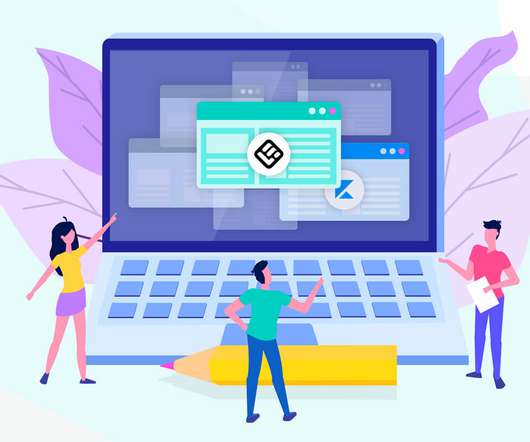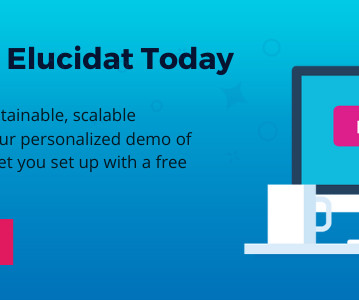8 Tips To Minimize Distractions In Social Learning Environments
eFront
FEBRUARY 28, 2017
Social learning promotes collaboration and peer-based eLearning feedback. But what happens when eLearning blogs, forums, and social networks start to steal your online learners’ attention? In this article, we’ll share 8 tips on how to make the social learning environment most effective.



























Let's personalize your content